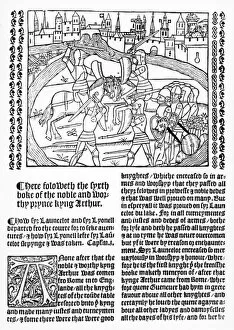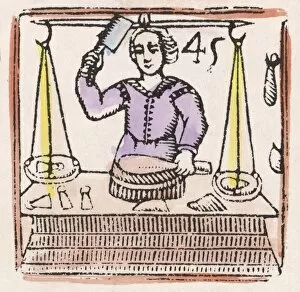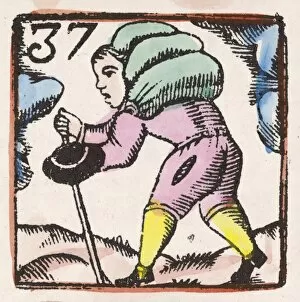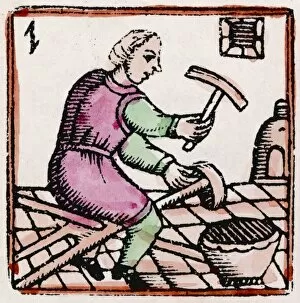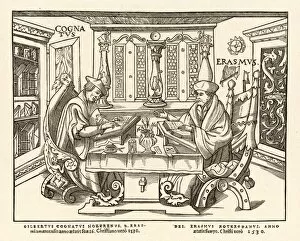Wood Cut Collection (page 15)
"Exploring the Celestial Mechanics of Woodcut: A Journey Through Time and Art" Step into a world where wood meets ink
All Professionally Made to Order for Quick Shipping
"Exploring the Celestial Mechanics of Woodcut: A Journey Through Time and Art" Step into a world where wood meets ink, as we embark on a captivating journey through history and art. From medieval masterpieces to modern marvels, woodcuts have left an indelible mark on human creativity. In 1605, Samuel de Champlain's map of Port St. Louis, later known as Plymouth, Massachusetts, showcased the intricate details that could be achieved through this technique. The precision and beauty of his work set the stage for future artists to explore new horizons. Fast forward to 1515 when Durer's world map mesmerized viewers with its intricacy and accuracy. This masterpiece demonstrated how woodcuts could not only capture geographical landscapes but also convey knowledge about celestial mechanics. Edvard Munch's "The Kiss, " created in 1897-98 using woodcut techniques, revealed the emotional depth that could be expressed through this medium. Each stroke carved into the wood conveyed passion and longing in a way that resonated with audiences worldwide. Woodcuts were not limited to European art; they found their place in depicting historical events such as the Spanish Conquest of Tenochtitlan (Mexico City) in 1556. The colored woodcut vividly portrayed this pivotal moment in history, capturing both triumph and tragedy. French artist Kiyochika Kobayashi took woodcutting to new heights by creating thought-provoking images like "A Whale and Three Fish. " This piece depicted Japan devouring Russian sailors during a tumultuous period around 1905—a powerful representation of national identity intertwined with political tensions. Japanese samurai warriors came alive through Shuntei Katsukawa's skillful hand in his c1820 woodblock print featuring Ichijo Jiro Tadanori and Notonokami Noritsune locked in battle. Their fierce expressions captured both honor and conflict within feudal Japan.




